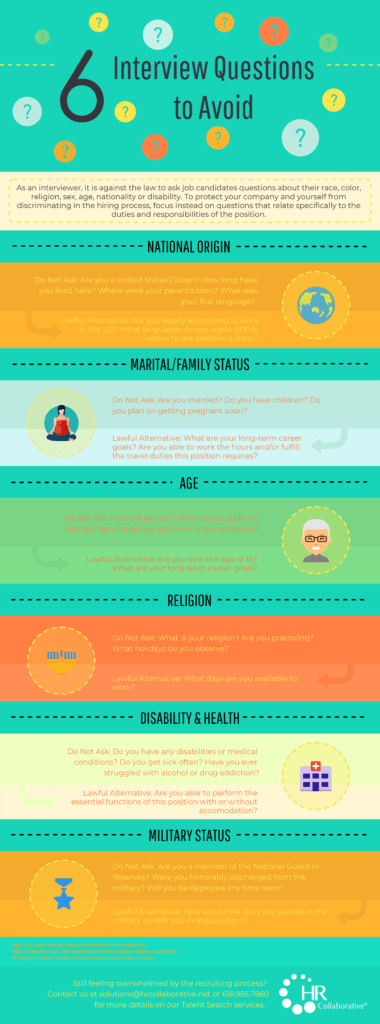The Post-Pandemic Labor Market Paradox

With unemployment still above pre-pandemic levels, finding and attracting talent seems like it should be easy. But counterintuitively, we’re in a candidate-driven market. In this article, we look at the forces creating this labor market paradox and what employers can do to overcome it.
High tide only raises some boats. Unemployment is still 2.5 points higher than it was in February 2020, yet many employers are struggling to find workers. There are several factors at play.
- Hybrid expectations. What are workers looking for in their next role? Remote work is their top priority. In a survey conducted by Envoy, 47% of respondents said they’d leave their job if not offered a hybrid option. And 41% said they’d take a slightly lower salary if offered a hybrid arrangement.
- A bigger safety net. By the end of last summer, the average household bank account held 40% more money than it did the year before. This stability has led to a more selective workforce and surprised industries that typically see an influx of workers during a recession.
- Increased competition. According to Indeed, job postings aren’t just back to pre-pandemic levels, they’re nearly 20% higher. This surge of open positions gives job seekers their pick of the litter when it comes to roles.
Upcoming reshuffling. As we’ve previously discussed, a tidal wave of talent appears to be on the post-pandemic horizon.
- Voluntary turnover is expected to skyrocket in the second half of 2021. More than half of workers plan to look for new jobs this year. And a quarter plan to leave their jobs outright when the dust settles.
- Emphasis on the voluntary. Expect employees to leverage their position in the increasingly candidate-driven market to wait for the right opportunity to come their way.
So what can employers do differently? Employers are at a disadvantage. To attract candidates, employers will need to re-strategize their approach:
- Cast a wider recruitment net. Many workers are looking at new industries and new locations. As an employer, now is the time to look outside of your local industry talent pool. What skills from other sectors are transferable to your line of work? What new places can you look to find new talent?
- Think differently about compensation. Although pay plays a key role in attracting new talent, it is only one aspect of a compelling employee experience. Think holistically about what you offer and how you can highlight your strengths and reframe your weaknesses.
- Offer hybrid if possible. According to ZipRecruiter, only 1 in 10 current job postings include “remote” in their descriptions. Yet, it’s the top benefit job seekers are looking for right now. Offering a hybrid arraignment will make your open positions stand out from the crowd.
- If you can’t offer hybrid work, consider how else you can add flexibility to your roles. While hybrid and remote work are preferred, they are part of a larger focus on work-life balance. In one recent study, poor work-life balance was more of a deal-breaker than lower pay.
Bottom line: Despite record unemployment and an upcoming reshuffling of talent, many employers will struggle to attract workers in 2021. The answer to this labor market paradox? Valuing flexibility as much as job seekers do.
Our Most Recent Articles

Employers to Benefit from New Kinexus Group Acquisition of HR Collaborative
The team at Kinexus Group announced today that they have officially acquired HR Collaborative, a west Michigan-based, women-led community of fractional HR professionals, to meet unmet demand and to serve more employers than ever before.































































































